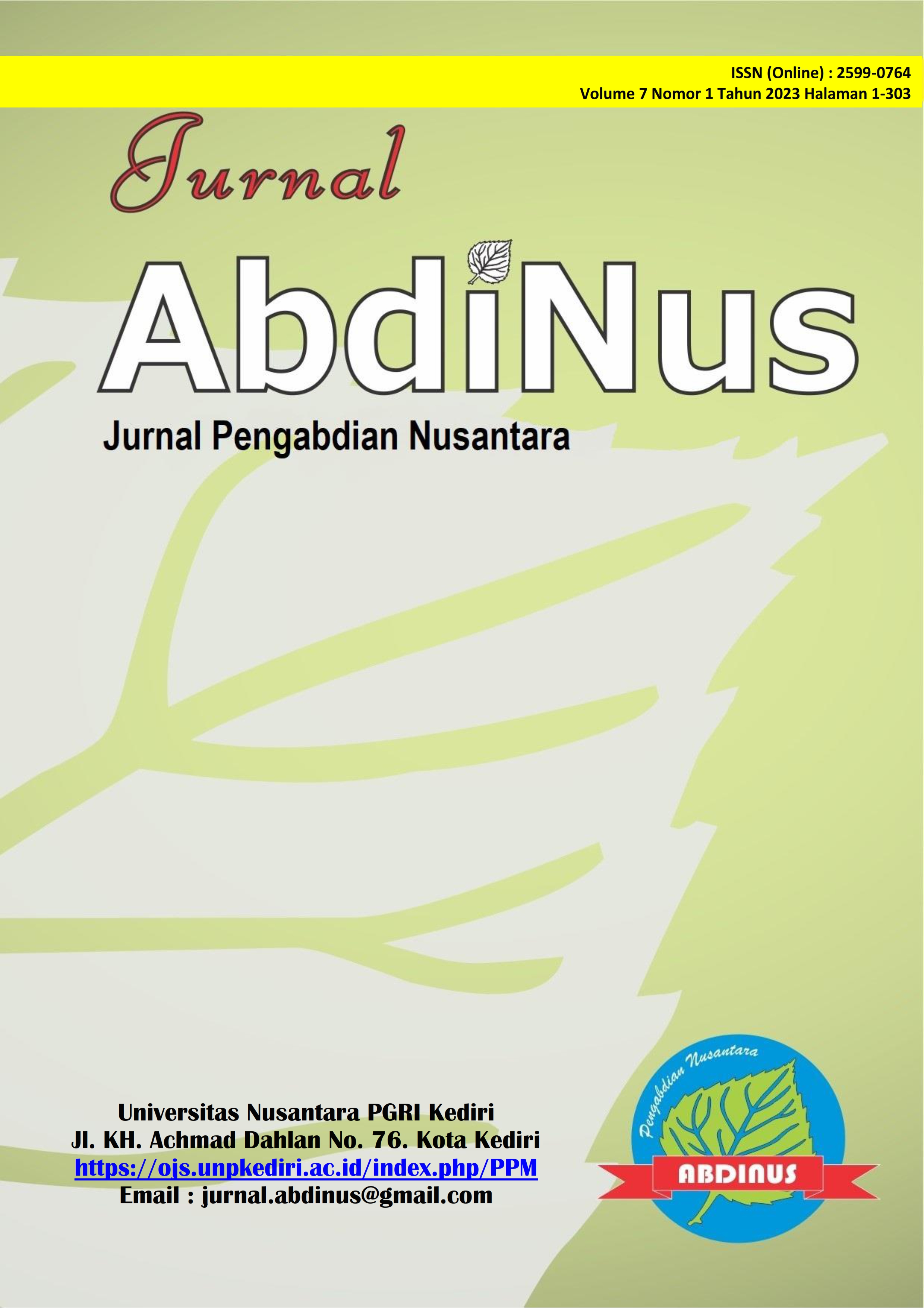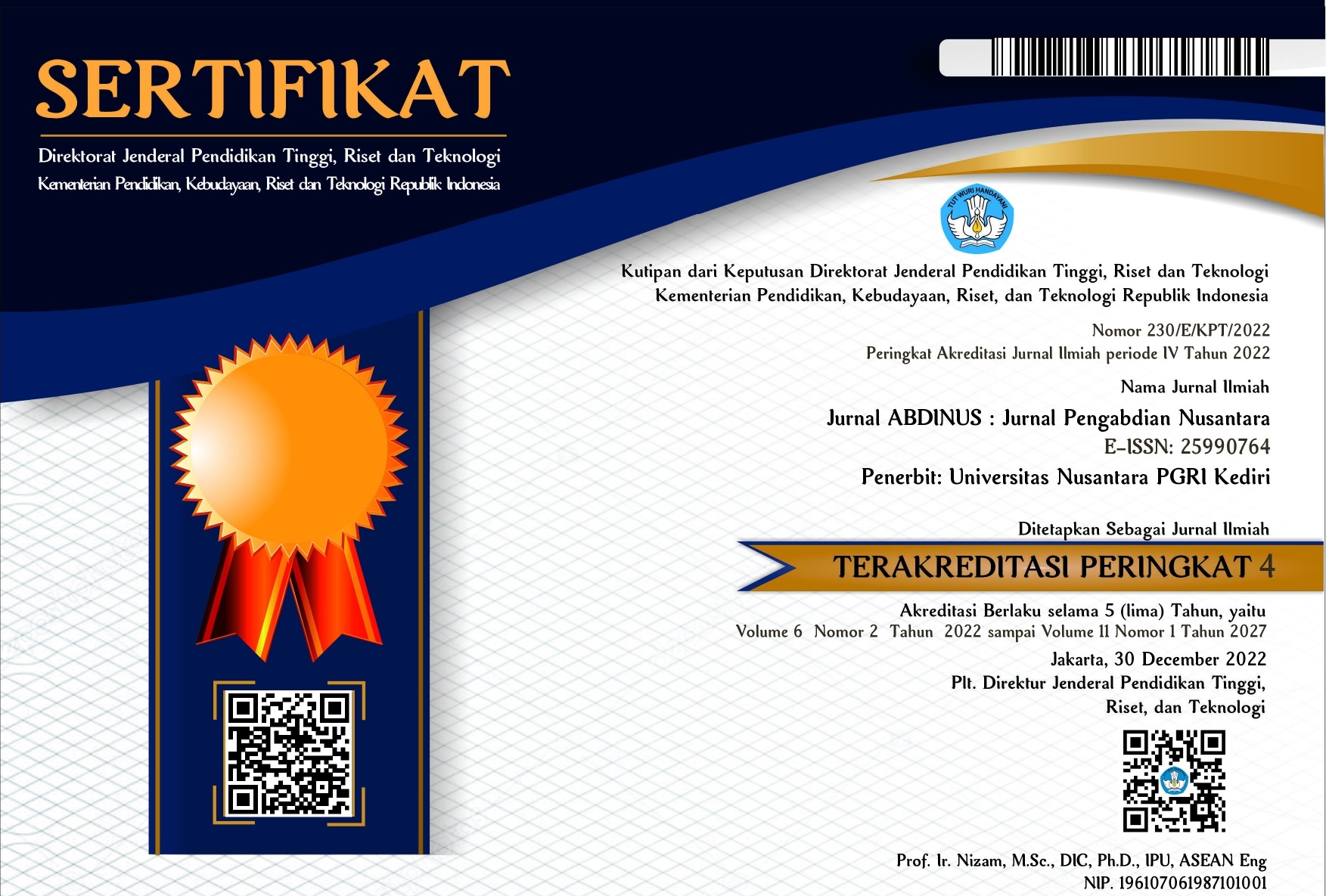Budidaya Tiga Varietas Ikan Nila (Oreochromis niloticus) pada Kolam Bundar dengan Sistem Bioflok
DOI:
https://doi.org/10.29407/ja.v7i1.18543Keywords:
Biofloc, Circular pond, Nile tilapiaAbstract
This activity aims to increase knowledge and benefits from different Tilapia cultivation using circular pond media with the Biofloc system. The activity was carried out by inviting consultants from the fields of food security, agriculture and fisheries, to explain the procedures for cultivation with the Biofloc system. The use of the Round Pool media was chosen as a solution to the lack of available land. From the cultivation of 3 varieties of tilapia, we found that each variety of tilapia has its own advantages. The Black Prima Tilapia variety outperformed the other 2 varieties in terms of growth, but Nirwana III Tilapia variety had the highest survival rate compared to the other 2 varieties. From these findings it can be concluded that those who are looking for fast growth can keep the Black Prima Tilapia fish. However, if you want to live long in order to get high yields, you can keep Nirwana III tilapia. Although Tilapia is not superior in terms of growth acceleration or Longevity, the advantage of Tilapia is its thicker flesh, possibly due to its smaller head size. Having the advantages of each variety of tilapia can be a consideration for readers to choose varieties of tilapia based on their goals and needs.
Downloads
References
Aliyas, A. (2016). Pertumbuhan dan kelangsungan hidup ikan nila (Oreochromis sp.) yang dipelihara pada media bersalinitas. JSTT, 5(1). http://jurnal.untad.ac.id/jurnal/index.php/JSTT/article/view/6957
Andriani, Y. (2018). Budidaya Ikan Nila. Deepublish.
Dahlan, J., Hamzah, M., & Kurnia, A. (2017). Pertumbuhan Udang Vaname (Litopenaeus vannamei) yang dikultur pada sistem bioflok dengan penambahan probiotik. JSIPi (Jurnal Sains dan Inovasi Perikanan) (Journal of Fishery Science and Innovation), 1(2). http://dx.doi.org/10.33772/jsipi.v1i2.6591
Frandy, Ombong & Indra R N. Salindeho (2016). Aplikasi Teknologi Bioflok (BFT) pada Kultur Ikan Nila (Orechromis niloticus). Budidaya Perairan Mei 2016. Vol. 4 No. 2: 16 – 25. https://doi.org/10.35800/bdp.4.2.2016.13018
Jufriadi, A., Winarko, W., & Ayu, H. D. (2015). Penerapan budidaya lele sistim bioflok untuk daerah lahan sempit dan kekurangan air. Prosiding Seminar Nasional 2015 Universitas Kanjuruhan Malang. Malang. https://repository.unikama.ac.id/1250/
Khairuman, A., & Amri, K. (2005). Budi Daya Ikan Nila Secara Intensif. Agro Media.
Kurniawan, A., & Asriani, E. (2016). Aplikasi Kolam Bundar dan Bioflok pada Pembesaran Ikan Lele di Kelompok Remaja Masjid Paritpadang, Sungailiat, Bangka. Jurnal Pengabdian Kepada Masyarakat Universitas Bangka Belitung, 3(2). https://doi.org/10.33019/jpu.v3i2.156
Sudaryati, D., Heriningsih, S., & Rusherlistyani, R. (2017). Peningkatan Produktivitas Kelompok Tani Ikan Lele dengan Teknik Bioflok. JPPM (Jurnal Pengabdian dan Pemberdayaan Masyarakat), 1(2), 109-115. http://dx.doi.org/10.30595/jppm.v1i2.1695
Suprapto, S. S., & Samtafsir, L. S. (2013). Biofloc-165 Rahasia Sukses Teknologi Budidaya Lele. Depok (ID): Agro, 165. http://perpustakaan.kkp.go.id/union/index.php?p=show_detail&id=49744















